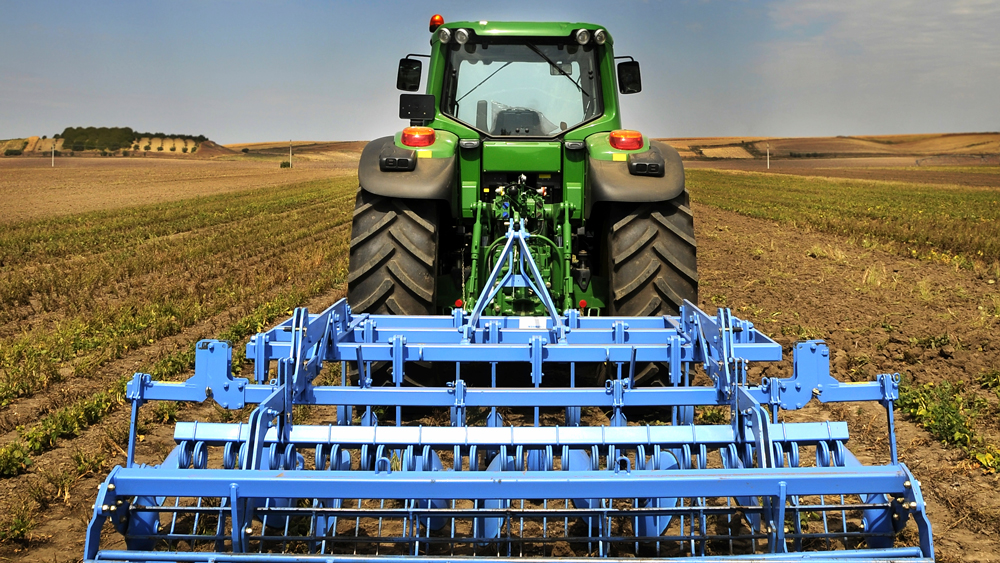
Texas residents are no strangers to the impact of drought, as the state has experienced extended periods of it within the last several decades, most notably in 2011, which boasted some of the worst drought conditions since the 1950s. Texas is also not alone, as seven other states are experiencing drought conditions in 2019. These states often rely on reserves of groundwater for growing agricultural crops and municipal water needs during drought periods which must be carefully managed.
These circumstances highlight the importance of making every drop of water count, but it isn’t always clear to federal and state water resource management entities how to make the best use of the water they have. A task force with the Council for Agricultural Science and Technology (CAST) led by Dr. John Tracy, director of the Texas Water Resources Institute and a professor of civil engineering at Texas A&M University, has published a new paper to serve as a resource for managing the impacts of groundwater depletion and its effects on agriculture.
“We set out to put together a paper that showed what we understand about why groundwater depletion is occurring,” Tracy said. “We wanted to showcase how poorly managing this resource can have negative consequences on agriculture, and provide tools we can use to address it.”
According to Tracy, groundwater management is not a one-size-fits-all endeavor. Different areas and climates will have different considerations to address in how to best utilize their water resources. States such as Texas, which already has a long history of handling drought, have management frameworks already in place, but this is not the case for all states.
Groundwater management, he explains, is done at the state level, so each state is responsible for developing their own policies to put into practice. Tracy and his team sought to create a compendium of existing knowledge to provide policymakers and utility managers the ability to make informed decisions about groundwater management for their state.
“One of the things we wanted to avoid with this publication is that there is a potential for oversimplification of the issues,” he said. “There is this idea that groundwater management is just a numbers game. However, we have these differences between rechargeable and non-recharging aquifers that impacts how water is used and managed."
Tracy explains that there are consequences for not getting the most out of specific aquifers. There are both rechargeable and non-rechargeable aquifers, meaning that rechargeable aquifers have their water source replenished over time and non-rechargeable aquifers do not. In water management practice, if it is known that the aquifer feeding a crop field is non-rechargeable, it would not be wise to use that aquifer to feed water heavy crops, such as sugar cane and rice, because once the water is utilized, it is gone.
“Much of the debate comes down to this idea about environmental ethics, about not using groundwater resources up,” Tracy said. “We are not trying to advocate for one side of the debate or the other, but are rather trying to get policymakers to think about consequences of their decisions and understand the impacts of those decisions on water management and agriculture.”
He explains that the consequences of poor groundwater management can stretch far beyond agriculture. The impacts on agriculture affect food production, which can in turn have economic consequences at a national level. As agricultural needs grow nationwide, proper water management, as well as technological advances in agriculture and water resources, will be key to meeting that demand.
“At the end of the day we are looking at informing water governance and how states decide who gets to use water when and where,” Tracy said. “This paper doesn’t provide a silver bullet or blanket solution because of all the unique scenarios, but it will give policymakers the information to make the best decisions and lay the groundwork for future sustainable policies.”
Contributing authors for this report include Drs. Gretchen Miller, Dana Osborne Porter and Zhuping Sheng at Texas A&M, Jennifer Johnson with the U.S. Bureau of Reclamation and Dr. Steve Sibray at the University of Nebraska-Lincoln.